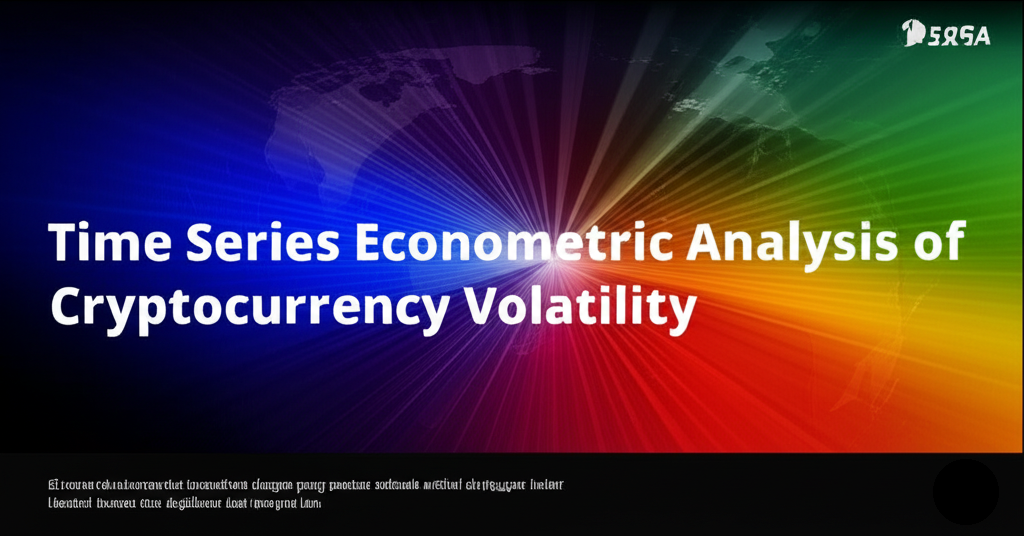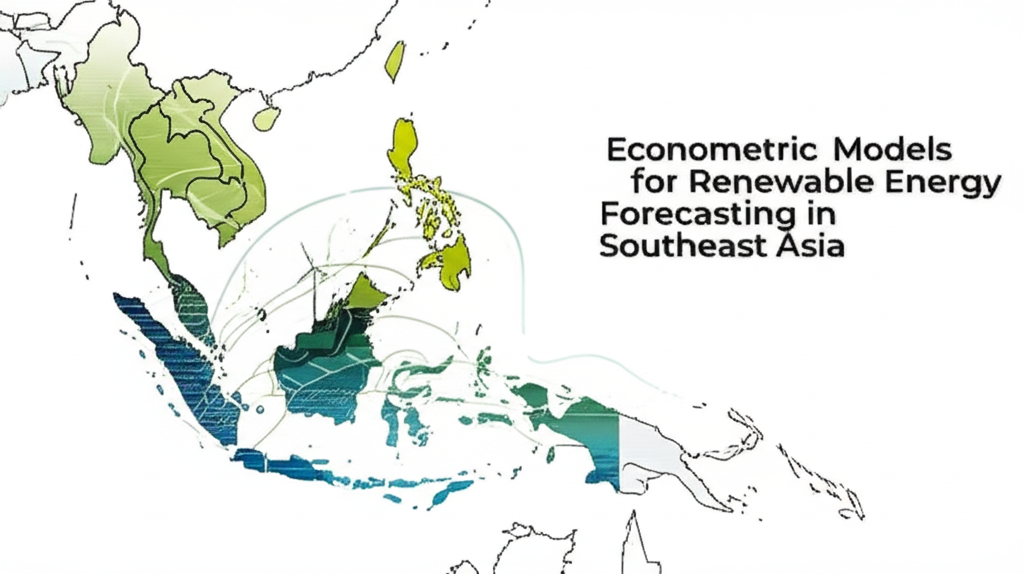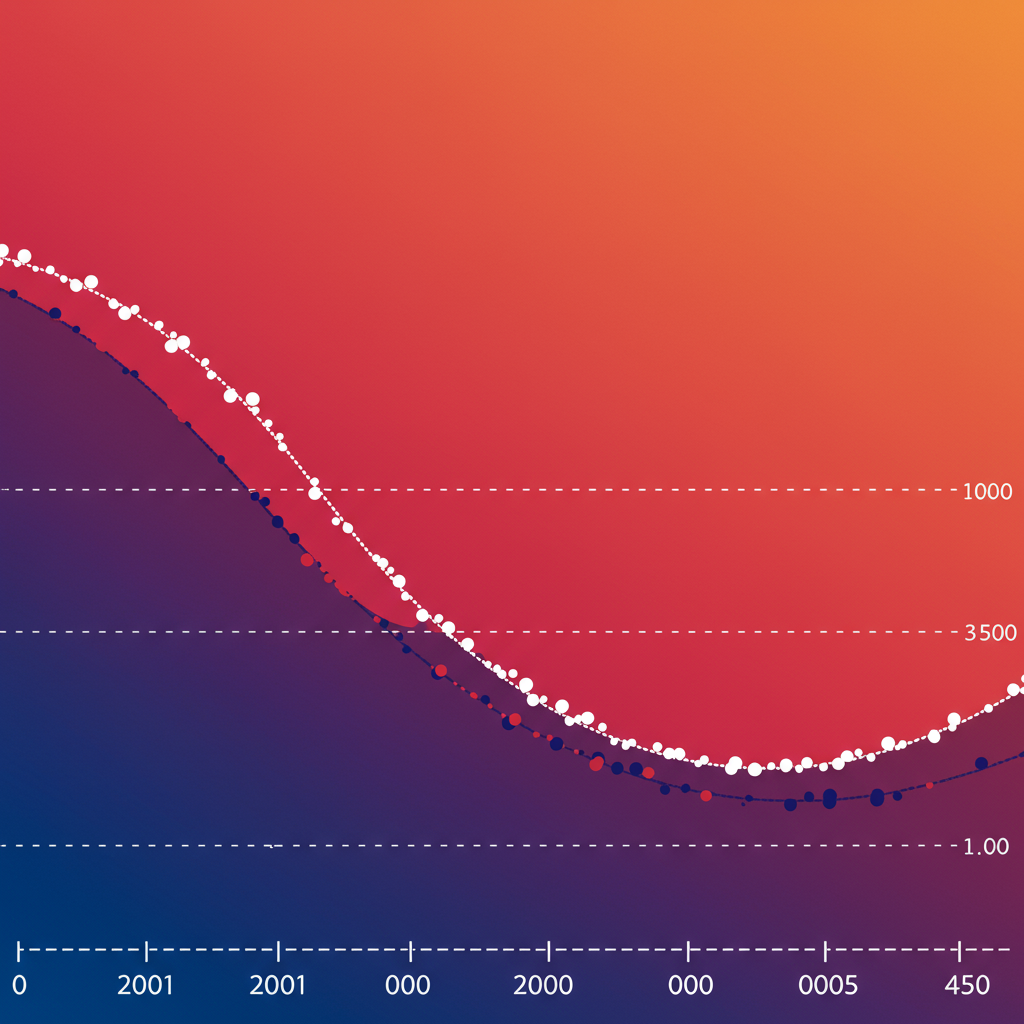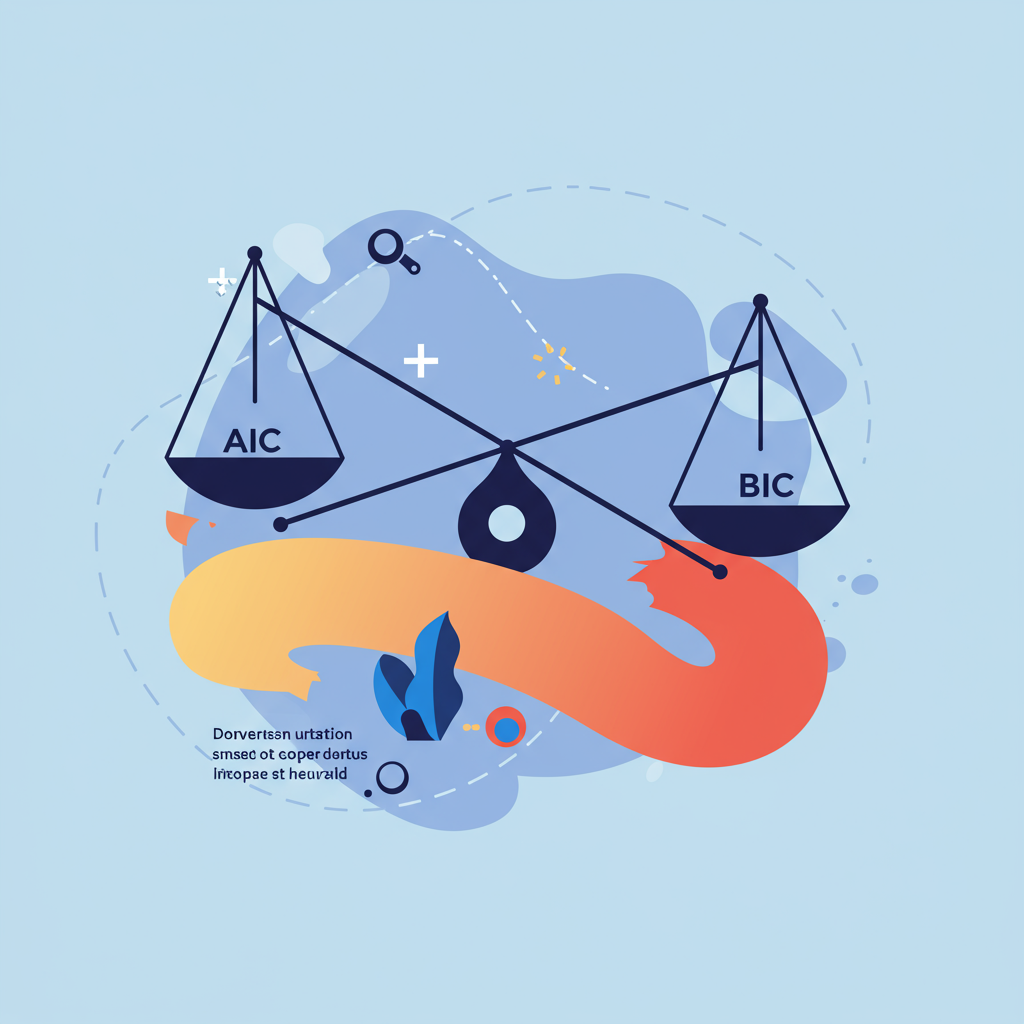EconometricLinks: Explore Econometrics, Data Analysis, and Statistical Modeling

7 Proven Ways Panel Econometrics Reveals Educational Success in Indonesia
Panel econometrics offers a powerful framework for analyzing changes in education outcomes across time and regions. In a diverse country like Indonesia, where educational disparities are stark, panel data methods allow policymakers and researchers to measure long-term effects and provincial variations with greater accuracy. Understanding Panel Econometrics Panel econometrics combines both cross-sectional and time-series data.…

Evaluating the Impact of E-commerce Growth on Traditional Retail Using Econometric Methods
The rapid rise of e-commerce growth over the past two decades has fundamentally transformed the retail landscape worldwide. As consumers increasingly favor online shopping, traditional brick-and-mortar stores face significant challenges, with many experiencing declines in foot traffic and sales. This article uses econometric methods to evaluate the impact of e-commerce growth on traditional retail, revealing…

7 Powerful Insights from Time Series on Cryptocurrency Volatility Econometrics
The cryptocurrency volatility econometrics field is becoming increasingly essential as the cryptocurrency market experiences extreme fluctuations. By applying time series econometrics, analysts and investors can better understand and predict the often volatile behavior of crypto assets, enabling smarter decision-making. This article explores key insights into how econometric techniques improve cryptocurrency volatility econometrics and help forecast…

The Role of Econometrics in Shaping Post-Pandemic Economy Policies
The post-pandemic economy presents unprecedented challenges and opportunities. From employment disruption to inflation, governments worldwide are grappling with rebuilding economies while preparing for future shocks. This article explores slot Thailand di PilarJepe how econometric analysis is driving smarter policymaking in five critical areas, helping nations transition toward a resilient and inclusive post-pandemic economy. 1. Measuring…

Harnessing Econometric Models to Predict Renewable Energy Adoption in Southeast Asia
Econometric models help forecast renewable energy trends in Southeast Asia. Introduction Daftar akun slot Pilarjepe – Renewable energy adoption is rapidly becoming a crucial and positive factor for sustainable development, especially in emerging regions like Southeast Asia. Governments and industries alike are eager to understand how energy consumption patterns and green technology uptake will evolve…

Nonlinear Econometric Models: Concepts, Applications, and Challenges
Introduction to Nonlinear Econometric Models Nonlinear econometric models play a critical role in modern economic analysis. Unlike linear models that assume constant marginal effects, nonlinear econometric models allow for more flexible representations of complex economic relationships. They are particularly useful when data exhibit diminishing returns, thresholds, or saturation effects—common in real-world phenomena such as labor…

Logit Probit Econometrics – A Comparative Guide
Logit and probit models are fundamental tools in econometrics used for analyzing binary outcome variables. This article explores their differences, applications, and how to choose the right one for your data analysis. Introduction to Logit Probit Econometrics In the realm of econometrics, researchers frequently encounter binary outcome variables—situations where the dependent variable can take on…

Missing Data Econometrics – Methods and Solutions
Missing data econometrics presents a fundamental challenge in empirical research. This article outlines 5 powerful techniques such as imputation, deletion, and machine learning strategies to handle incomplete datasets in econometric models, baca lebih lanjut di sini. Introduction to Missing Data Econometrics Missing data econometrics refers to the application of statistical and computational techniques to deal…

Cross-Sectional Econometric Analysis: Techniques and Best Practices
Cross-sectional econometric analysis is a fundamental approach in applied economics that provides insights into economic behavior at a specific point in time. In this article, we explore the key techniques, tools, and examples to effectively conduct a cross-sectional econometric analysis. Understanding Cross-Sectional Econometric Analysis A cross-sectional econometric analysis examines data collected from multiple subjects—such as…

AIC BIC Model Selection in Econometrics
AIC BIC Model Selection: A Core Concept in Econometrics AIC BIC model selection plays a vital role in choosing the most appropriate model in econometrics. These information criteria help compare models by balancing complexity and goodness-of-fit, ultimately improving forecasting and decision-making. Understanding AIC The Akaike Information Criterion (AIC) is calculated as: AIC = 2k -…
Baca ulasan Link Gacor Situs Slot Online Server Thailand Resmi.
